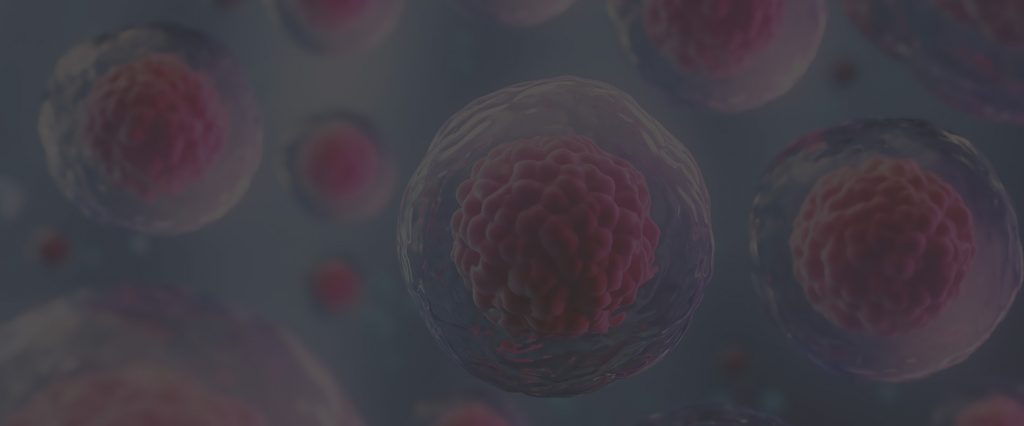NextCell Pharma AB (“NextCell”) announces today that the primary efficacy measures have reached significance in the dose-escalation phase of the company’s clinical trial. After one year follow-up, the six patients treated with high- and medium-dose have retained their insulin production significantly better (P <0.01) as compared to the three patients who received a low-dose of the company’s stem cell based drug candidate ProTrans. No serious side effects have been reported.
“The results very are promising, even though there are only few patients and this part of the clinical trial was an open study without control patients,” says primary investigator Professor Per-Ola Carlsson, University Hospital, Uppsala.
ProTrans-1 is a phase I / II trial divided into two parts. The first part we now completed is the phase-I part, which is a dose-escalation and aims to evaluate the safety of treatment using three different doses of ProTrans. Each dose was evaluated in three patients, a total of 9 patients. No serious side effects have been found. Full safety analysis will be conducted by the study’s safety committee when part 2 of the study is completed.
“The dose-escalation was designed with the purpose to demonstrate safety only. It is extremely exciting that we could also demonstrate its effect, which now needs to be further proven in the randomized phase II part of the clinical trial,” says Dr. Mathias Svahn, CEO.
The second part of the ProTrans-1 study is a phase-II part. Since all doses were shown to be safe, the highest dose was chosen. Patients are randomized to ProTrans or placebo and neither study team nor patient knows who gets which. All data remains securely locked and the code will not be broken until the last patient has completed their last follow-up visit scheduled for July 2020.
The effect of treatment with ProTrans is measured as a comparison between the patient’s own insulin production before and one year after treatment. Since the dose-escalation part is not placebo controlled, the absolute effect of ProTrans cannot yet be evaluated. The natural course of action for this patient group is that insulin production drops by about 20-40% during this time (Greenbaum et al. 2012), which is comparable with the reported development amongst patients in the low-dose cohort. In contrast, patients in the high- and medium-dose cohort have a higher sustained insulin production compared to patients in the low-dose cohort (P value < 0.05). The difference between the six patients treated with high- or medium-dose compared to the three patients treated with a low-dose is statistically significant (P value < 0.01).
The Data and Safety Monitoring Board consists of; chairman Ulf Smith MD, PhD, professor and head of research at the Lundberg Laboratory of Diabetes Research, Sahlgrenska Academy and Sahlgrenska University Hospital, Gothenburg; Anders Fasth MD, PhD, Professor of Pediatric Immunology, Sahlgrenska Academy and chief physician at Queen Silvia Children’s Hospital, University of Gothenburg; and Åke Lernmark PhD, professor and principal examiner at Diabetes and Coeliac, University of Skåne, Lund University.
Primary efficacy measure is defined as change in C-peptide area-under-curve (AUC) (0-120 min) mixed meal tolerance test (MMTT) at 372 days after treatment compared to pre-treatment. The result is statistically calculated using t-test and ANOVA.
This information is the information that NextCell Pharma AB is required to disclose under the EU Market Abuse Regulation. The information was provided by the below contact person for publication on 4th December 2019.
Stay up to date with the latest development in NextCell Pharma
LinkedIn: https://www.linkedin.com/company/15255207/
Twitter: https://twitter.com/NextCellPharma
For more information about NextCell Pharma AB, please contact:
Mathias Svahn, CEO
Sofia Fredrikson, CFO
Phone: 08-735 5595
E-mail: info@nextcellpharma.com

